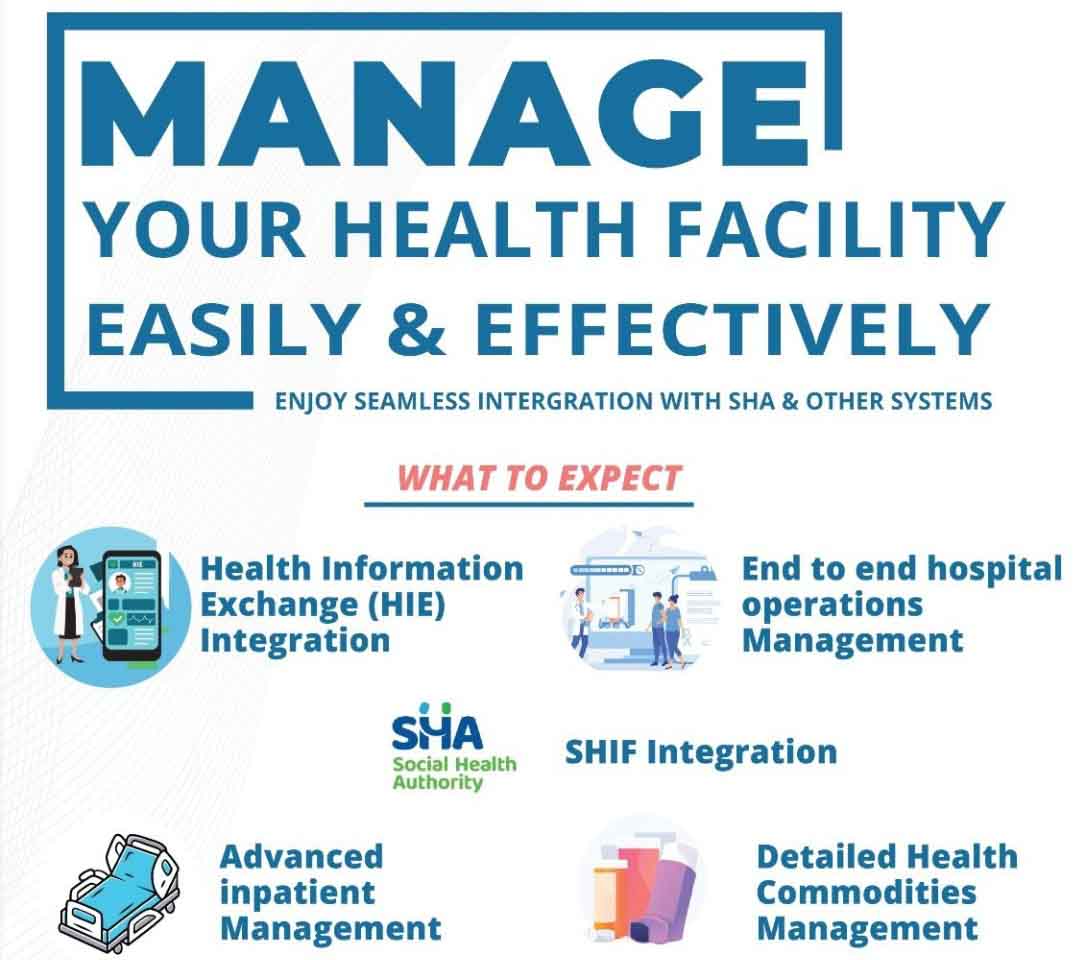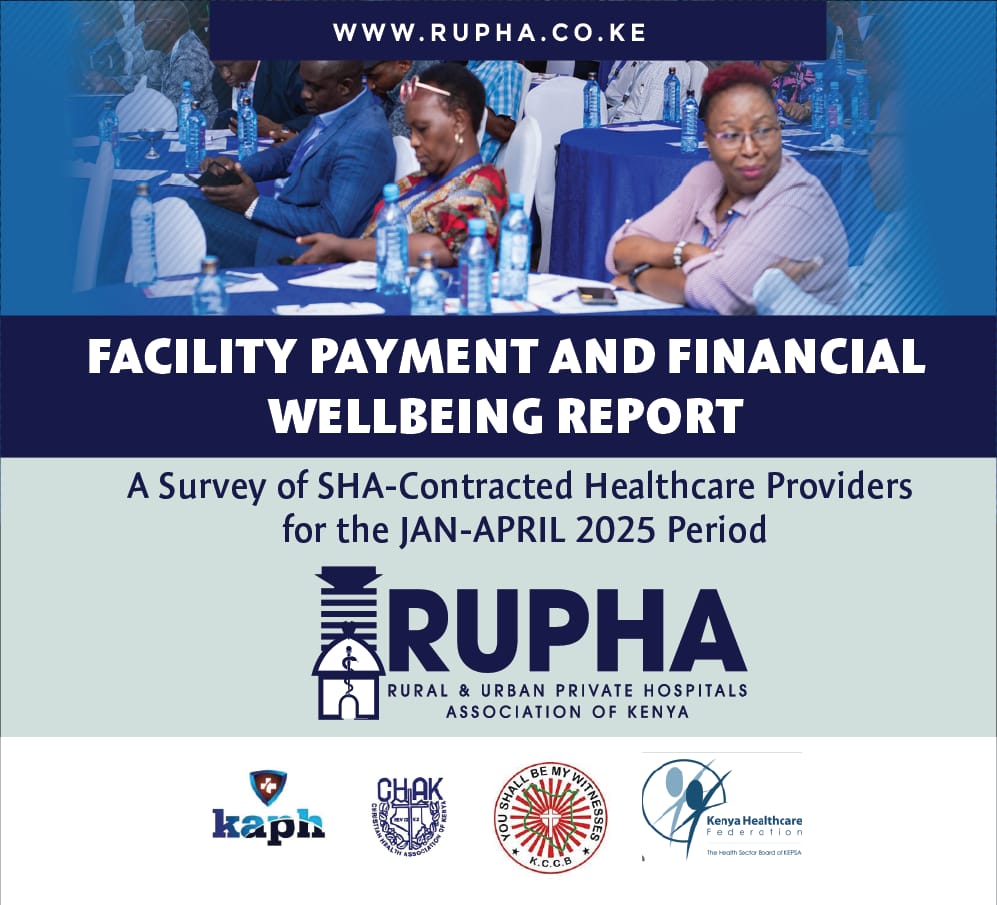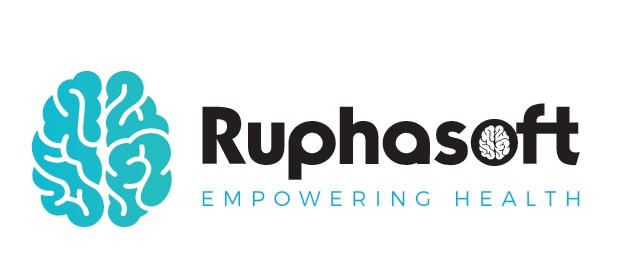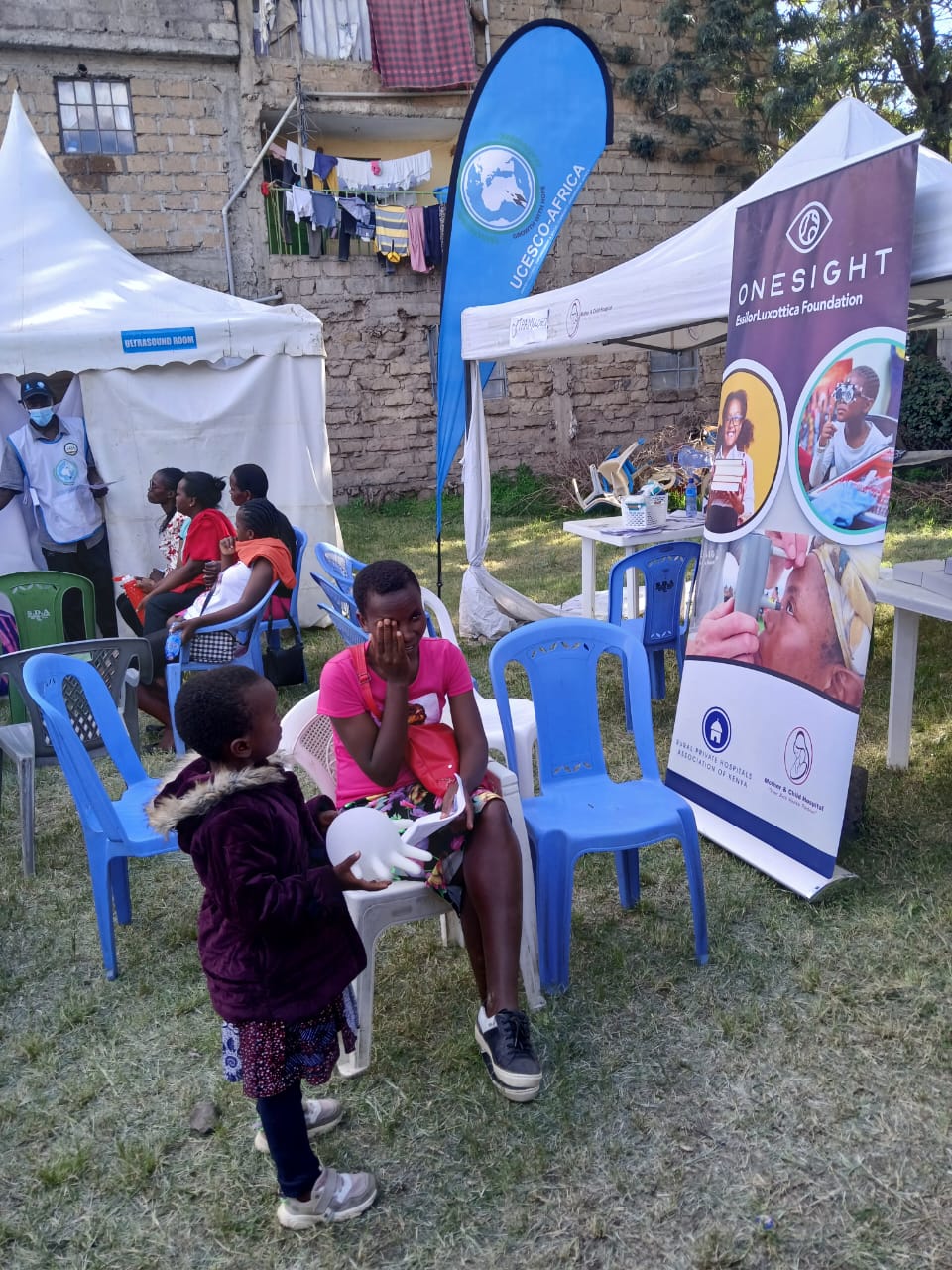
By Dr. Brian Lishenga
National Chairman, Rural & Urban Private Hospitals Association of Kenya (RUPHA) Medical Physiologist and Family Physician
Email: *brian@rupha.co.ke
1. Executive Summary
Kenya’s Social Health Authority (SHA) has introduced a Global Budget Allocation Model to fund primary healthcare (PHC) services through county-based Primary Care Networks (PCNs). This model replaces the previous capitation system with a weighted, performance-based distribution mechanism, aiming to enhance equity, efficiency, and access. While the model introduces promising features, including service portability and incentive-based funding, it also risks unintended economic behaviors, including overutilization, zero-sum competition, and provider consolidation, unless actively managed through policy and operational safeguards. This article explains the methodology, draws insights from comparative economic models, and outlines key implications for healthcare markets.

2. Introduction: From Capitation to Global Budgeting
The transition from capitation to a global budget model marks a significant turning point in the financing of primary healthcare in Kenya. Under the former capitation model, healthcare providers were paid a fixed amount per registered beneficiary, regardless of whether or not that person utilized services. This approach, according to the Social Health Authority, suffered from several fundamental weaknesses:
- Low Service Delivery Incentives: Because funding was not tied to actual visits or treatments, facilities had limited motivation to actively engage patients or expand services.
- Limited Patient Portability: Beneficiaries could only access care at their chosen facility, which restricted flexibility and complicated referrals.
- Accountability Gaps: Payments were made without robust tracking of utilization, opening the door to inefficiencies.
- Barrier to Quality Competition: Providers had little incentive to improve services to attract patients, since payments were fixed.
In contrast, the new global budget model is intended to link provider payments to actual service utilization and disease burden. Patients can access any contracted facility in their county, and funds are distributed monthly based on the number and type of cases handled. The global budget model distributes funding based on actual service demand and complexity. It’s aim is to improve:
- Portability and access (patients can visit any participating facility within their county)
- Incentives for quality (providers are rewarded based on volume and case complexity)
- Equity (allocations are aligned with disease burden)
- Transparency and accountability (data-driven disbursements)
3. The Global Budget Allocation Methodology Explained
Step 1:
Global Budget Determination (Monthly) Each county (PCN) receives a monthly allocation (B):
B=Tariff×∑Pn Where:
- B = Monthly global budget for the PCN
- Tariff = KES 75 per beneficiary per month
- ∑Pn = Registered SHA beneficiaries in the county
Step 2:
Facility Allocation Rate (Ri) or (Weighted Disease Burden) Each facility’s
allocation rate (Ri) is determined by the volume and complexity of cases it treats:
Where:
- Nij: Number of patient encounters for disease j at facility i
- Wj: Weight assigned to disease j
- Ri: Total allocation rate for facility i
How Are Disease Weights Calculated? Disease weights reflect the relative cost of treating each condition. They are derived from the ratio of a disease’s average treatment cost to the national average outpatient cost, which has been determined to be KES 1,067.
Example Weights:
- Acute Sinusitis: Cost = KES 1,058 → Weight = 1,058 / 1,067 ≈ 99
- Elevated Blood Sugar: Cost = KES 1,250 → Weight = 1,250 / 1,067 ≈ 17 Step 3: Disbursement of Funds
Where:
- Ai: Monthly disbursement to facility i
- ∑Rk: Total weighted burden across all facilities in the PCN
Example: Three Facilities in One County Assume a PCN has 100,000 registered beneficiaries.
- Monthly Global Budget = 100,000 × KES 75 = KES 7,500,000
|
Facility |
Cases of Sinusitis (0.99) | Cases of Blood Sugar (1.17) |
Allocation Rate (R) |
Share of Budget (%) |
Disbursement (KES) |
|
A |
400 |
100 |
(400×0.99)
+(100×1.17) = 495 + 117 = 612 |
612 / 1,446
= 42.3% |
7,500,000 × 0.423
= 3,172,500 |
|
B |
300 |
150 |
297 + 175.5 =
472.5 |
472.5 /
1,446 = 32.7% |
7,500,000 × 0.327
= 2,452,500 |
| C | 250 | 150 | 247.5 + 175.5 =
423 |
423 / 1,446
= 25.0% |
7,500,000 × 0.25 =
1,875,000 |
| Total | 1,446 | 7,500,000 |
This illustration shows how differences in disease mix and case volumes translate into differential monthly funding.
4. Economic and Strategic Implications of the PHC Global Budget Model
A. The Zero-Sum Reality
The first and most important insight is that the Primary Healthcare Global Budget is a zero-sum model. Every shilling one provider gains is a shilling another provider loses. The amount allocated to the Primary Care Fund is fixed, and each county (PCN) is given a fixed budget per month based on the number of county residents enrolled. Facilities within the county are allocated funds from this common pool. If more facilities join, the average per-facility allocation goes down. If a large facility aggressively expands and attracts more patients, other providers lose a portion of their revenue. This dynamic is comparable to online ad auctions, competitive grant funding rounds, or even natural resource commons like fisheries—a classic zero-sum scenario.
B. The Tragedy of the Commons
Zero-sum financing sets the stage for the Tragedy of the Commons. In a system where budget share is tied to visit volumes, each provider is incentivized to maximize the number of visits, whether or not those visits are necessary. A facility that behaves responsibly (e.g. by seeing only necessary visits or practicing cost containment) risks being outcompeted by others that scale up visits to maximize earnings. As all providers scale up services to compete for budget share, utilization increases system- wide, leading to dilution of reimbursement per visit. Ultimately, everyone is worse off— the hallmark of a commons tragedy.
C. The Winner-Takes-Most Effect
Larger providers, especially well-capitalized hospital chains, are best positioned to win this game. They can open multiple branches across counties, brand themselves aggressively, and attract large volumes of patients. These economies of scale enable them to absorb fixed costs better than small facilities, and their dominance in a county can make them the single largest recipient of the county’s global budget. In time, they may crowd out smaller providers and become the de facto sole providers in some areas.
D. The Baumol Effect and Real Cost Pressures
Even as reimbursement per visit falls due to increasing utilization and competition, the cost of delivering services continues to rise. This is especially true for wages, energy, and other recurrent inputs. In the long term, this mismatch between costs and reimbursements will squeeze providers, particularly smaller ones. This reflects Baumol’s Cost Disease, where sectors with limited productivity growth (like health or education) see rising costs despite flat or falling revenue per unit.
5. Strategic Behaviors That Providers Are Likely to Adopt
A. Consolidation and Scale Domination
Larger chains will likely expand to try and dominate a county. Their strategy will be to establish multiple facilities, optimize workflows, and drive down per-unit costs, while branding themselves as comprehensive providers. Once dominant, they could become the only viable access points for primary healthcare, shaping both patient flow and financial flows.
B. Selective Outreach to High-Weight Conditions
Facilities will increasingly target patients with conditions that have higher weights and reimbursement rates. Outreach campaigns might be subtly designed to draw in people with chronic conditions or diseases with higher weights (e.g., diabetes, hypertension). Over time, this could skew service offerings and under-serve conditions deemed less financially rewarding.
C. Vertical Integration to Control Inputs
To protect their margins, providers will seek to control more of their service delivery pipeline. This includes owning or partnering with pharmacies, diagnostic labs, and transport networks. Such vertical integration will allow them to bundle services, reduce leakage, and increase operational efficiencies.
D. Diversification of Income Sources
Some providers may not compete head-on for PHC funds but instead integrate with donor-funded programs, research projects, or public-private partnerships to build multiple income streams. These facilities will use SHA as a base but not their primary revenue stream.
E. Federated Risk-Pooling by Small Providers
Smaller clinics may form cooperatives or federations to pool their patient volumes, spread costs, and negotiate better deals. These federations might share backend systems, mobile outreach programs, or even billing services to survive in a high-volume, low-margin environment.
6. Conclusion
Kenya’s global budget model represents a bold step toward improving healthcare equity and efficiency. Yet, it also introduces a competitive allocation system that could create systemic imbalances without targeted interventions. Without safeguards, the market may concentrate, utilization may spike unsustainably, and financial strain may force smaller providers to exit. This article has highlighted the economic logic shaping provider behavior under the model and the risks inherent in zero-sum, performance-linked public financing. As SHA and the Ministry of Health continue implementation, deeper reflection on system dynamics will be essential to guide responsive reforms.
— Dr. Brian Lishenga, National Chairman, RUPHA (brian@rupha.co.ke)














